Poas – La Paz Waterfall
Getting
a reservation for the Poas Volcano
It’s
always good to check on the internet about tips... so we read that
you can only visit the Poas volcano when you made an
online-reservation. Step #1: Paul set up an account with SINAC
(Sistema Nacional Areas de Conservation).
Then
we had to register: which was not that simple, because that webpage
is not only extremly slow – doesn’t always give you all the drop
down menus: if you can’t choose one, then you can’t complete...
or you wait forever because you are not able to choose your date. The
Park is open daily from 7 am – 2 pm and they only allow 56 people
at the time to the crater – you are also only allowed to be at the
crater for 20 Minutes – so you have to reserve your timeslot.
If
you enter the persons name you can choose a quantity – so I choose
2: but if you do this, then you can’t enter 2 names later and if
you can’t enter 2 names it is not valid (by the way you only have 8
minutes to complete it). Ok so finally I figured out that I have to
order non-residents quantity 1 and add another non-resident. Then you
need your passport: because you have to enter your passport number
(guess we better take them tomorrow with us).
And
before you can pay you have to read 3 pages in spanish of important
information and conditions you agree to. So what did we agree too?
- You have to bring and show your ID – if you are not here on time then you loose your reservation (guess you have to repay your 15 $ and reserve again unless they let you re-schedule) – you only get re-imbursed if the park gets closed
- because of the activity: it is not recommended for children or if you have respiratory, cardiac or mobility issues (by the way: there are a lot of signs stating you should notify and leave if you have problems) and there are refuge shelters around the crater
- the volcano involves risks to human health: toxic gases which can lead to respiratory problems, asthma and allergies and can lead to death, fall of ashes, falling of rocks depending on the eruption and the wind causing trauma and SINAC is exempted from any responsibilities – you go in at your own risk
- protective material is recommended: N95 masks, safety glasses, long and thick fiber cloth, helmet
- By signing this document I declare that I am aware of and accept the entry conditions established for Poas Volcano National Park
And
we finally got our online ticket confirmation – we are excited to
see this crater.
And
how active is the Poas Volcano?
- It’s an active volcano and 2708 m high (making it the 2nd highest volcano in Costa Rica) and it is the most visited volcano in CR
- it is one of the largest active volcano’s in the world, formed around 1 Mill years ago
- it has erupted 40 times since 1828
- last eruption in April 2017: visitors and residence were evacuated – the volcano and park were closed for 18 month and a 2.5 km safety perimeter around the erupting crater was established
- on Sept 1, 2018 it re-opened with limited access and now it requires a reservation
- the crater lake Laguna Caliente in the main crater is 300 m wide and 30 m deep and is one of the world’s most acid lakes – sometimes reaching a pH of 0 (depending on the amount of rain: rain sinks down in the underground chambers and get trapped, geothermal heat evaporates and creates pressuized steam bursting through the rocks throwing mud and debris sometimes as high as 800 ft) with a layer of sulphur on the bottom: acid gases make acid rain and acid fog – causing irritation to eyes and lungs: you can see frequent geyrisr
- Lake Botos fills an extinct crater (last erupted in 7500 BC) – it’s cold and clear: but you are not allowed to visit it at this time
- recent eruptions:
- a cycle of eruption from 1953 – 1956,
- in 1989 the park also closed briefly after ash was sprouting 1 km in the air, a minor eruption in 2006
- Jan 2009 the volcano was near a 6.1 magnitude earthquake killing 40 people, a small eruption in 2009 with landslides on the northern side – with geysir-like ejection of crater-lake water
- Feb 2014: a dark cloud exploded 1000 ft in the air
- April 9, 2017: restriction came into place because of the increase of toxic gases at the summit. On April 12 they closed the park and evacuated the residents. On April 14 two eruptions created an over 3 km ash and vapor column – more explosions on April 16. A Blast on April 22 damaged park buildings and infrastructure with falling rocks
Starting
early
we
booked for 9 am. Google says we drive 45 Minutes – we read that we
have to plan in extra time because of possible traffic. And we have
to be there 20 min before our tour starts. That means we need to be
there at 8.40 – so we decided to give an extra half hour and so we
wanted to leave at 7.15.
Marisol
was super nice and said she will make us breakfast already at 7 am.
That means the Alarm clock starts early because we want to have all
packed and ready to go by 7 am.
And
we are on time: at 6.55 we sit down for yummy breakfast (yes with
valley view) and at 7.15 we are on the road. And see there we had a
lot of different trucks ahead of us... good thing Paul loves to pass
vehicles on curvy narrow roads when you are not able to see a lot.
That means we arrive at the crater at 8.10.
At
the Crater of the Poas Volcano
ok
first stop: you have to by a parking ticket – next stop we are at
the official gate and they only wanted our reservation number and not
the passports... we got the first parking spot close to the Visitor
info (which by the way is closed due to damage from the last
eruption). And because the early groups were not full we got on the
8.20 group and lucky for us: we were only 10 people (not 56!!) that
gives you more space...
And
everywhere are signs saying
- Safety Area: in the event of ash, sediment or rock fallout head over to the nearest shelter (yes we saw several shelter at the crater)
- If you feel bad go back to the Visitor Info – If you can’t breath go back to the Visitor Info
- Asthma or hypertension don’t stay
Also
we got a paper to read that the walk should take 10 Min and we are
allowed up to 20 Min. Then 20 Min at the crater rim and a max of 20
Min to walk back... And we all had to wear helmets – each group has
a different colour, so the rangers know whom to send back.
When
we arrived we had blue sky – we saw some clouds at one end of the
volcano – but the whole crater was super clear to see – watching
on how the clouds and fumes get more and less and move around is
unreal. We could smell as well see the the vapors coming out of the
crater – it was an incredible experience. I think you have to be
there and see it. Also it is very difficult to get the dimensions on
how far away all of it is. Also very cool are the huge plants along
the rim
- The crater is 1746 m in diameter and 260 m deep
- the volcanic lake is 340 m in diameter
And
then comes the ranger: time to got back!!
The
poos man’s umbrella: along the walk we saw a lot of this plants
they are so cool
- the leaves arethe largest native plant in Costa Rica
- in the old days the people cut down the leaves and used them us umbrella
Let’s
enjoy the drive
sometimes
when we drive through areas which are exceptional beautiful then Paul
has this moments where he drives like: let’s drive as fast as
possible so we can’t see the scenery and arrive faster – and he
forgets that it is the journey. So we speed down the hill and finally
he got the point that we can drive and look – and Paul’s comment
was: you didn’t say that you want to look – I thought we are in a
hurry!!! Guess we have to be a little bit clearer in our
communication skills!!
This
central valley is absolutely gorgeous – the views on the mountains
and down into the valley – as well as the clouds hanging over it.
La
Paz Waterfall
and
because we could go in early we are today 40 Min ahead of schedule!!!
wow – how is that possible. We decided to visit first the
Waterfalls itself. And it is unbelievable they are for free!!!!! you
drive down the road and right in a U-Curve of the road (best view
from the bridge). Good thing you can park before and after... and
then we walked over the bridge – down to the river. And already the
food vendors are set up – so we got some cookies after we tried
every little different kind of baking things he had – and he showed
us the best point to take a picture. Now it is time for the:
La
Paz Waterfall Gardens
ok
so the entrance price was not cheap, and they say it takes you 2.5
hours – we were in there for close to 6 hours and could have spend
even more time and I have to say it was amazing. Ok so I carried the
backpack around with a lot of water (which we didn’t needed because
we got free drinks and coffee – included in our
“all-you-can-eat-for-the-whole-day” package: so we had twice a
coffee break and then at 3.30 our big meal: which was like an early
supper...
Tropical
flowers - Bromeliads: we saw so many different ones flowering and
in different colours. Right from the start this place was beautiful
Heliconias:
this is our favourite flower (the hanging down one) – we love them.
- They are native to tropical Americas
- each flower is open for pollination only for one day – they get pollinated by Hummngbirds
- there are 250 different species, the largest varieties are in the rain and cloud forest between 1500 – 5000 ft elevation – but the flowers on the lower regions are larger (by the way this park is at 5000 ft)
- some of the species need complete shade and are extinct of face extinction as a result of the destoying of the primary forest
Birdhouse:
was our first stop – so you walk in and see some birds, they had
there also some kind of vultures – one was super nice looking. Once
you came towards the parrots you could hear them before you could see
them (even they are super colour ful) -and always those beautiful
amazing tropical plants and flowers. But I do have to say, that we
are officially spoiled with parrots from Cartagena
Toucans:
but the coolest part is when you enter the “Toucan”
cage. And this was amazing – they are totally tame, once we were
standing there one was picking at my shoe and at Paul’s toe. By the
way they were also sitting above on the trees and hopping around and
once in a while something dropped down (guess we need a shower once
we come home). We saw 3 different kinds: the most common with the
yellow-red bill, one smaller one and then one with a super colourful
bill: it makes sense that they call it the rainbow Toucan – I don’t know which was the cutest one – it is also
interesting on how they eat. (By the way we saw 2 different ones in
the wild)
- They are famous for their colourful bill, sometimes it measures half the length of the body – it is the hallmark of the Toucan (luckily the bill is very light) – and this bill can intimidate other birds
- they eat mostly fruit – it helps they can sit in one spot and reach with the large bill to the fruit, as well they can reach deep into tree holes
- the bill is a thermoregulation system and give off more heat than the body and therefore regulates the body temperature. Depending on the more blood flows into the bill (it works like the radiator of a car). At night they tuck their bill down into the feather tails to conserve heat.
- they have 2 toes pointing forward and 2 toes pointing backwards - that helps them climbing and jumping
- they are native to Mexico – Central America and northern Argentinia and live in low-land tropics
- the birds here were once pets – but in Costa Rica it is against the law to keep wild animals in at home, so they all went into animal refugee’s
- larger Toucans can live up to 20 years, smaller ones 12-15 years
- they are often in flocks of 2-12 memebers and follow each other
- they are not good neighbours: they raid other birds nests and kill other birds only for sports, they often torture smaller animals, but don't eat them
- they say around 10.000 live in the wild
Sloths:
they also had two 2-finger slots and when we came they actually
climbed quite a bit around, and they were super close. They wanted to
grab the leaves of the plant near their cage so Paul helped them
along a bit.
- They are known for their slow movements and spending most of their time hanging upside down in the trees
- sloth means slow: it’s because of eating leaves
- they are mostly found in the forests of the Caribbean and Pacific: they can only live in warm tropical areas
- they can live up to 12 years
Butterflies:
before we saw the alive flying ones we went through the little area
where they had a lot of huge ugly insects (you really don’t want to
see in real life – good thing they are all dead) and some
butterflies. Once in the huge butterfly sanctuary – you had to look
really fast to see them all. Lucky they were all hungry and eating
oranges (I wonder if I can put out some oranges at home). What I
think is so amazing – when their wings are closed they can be brown
and they open and they are blue... We saw so many beautiful
butterflies. Paul put some fruit on his finger and had a butterfly
landing on his hand.
We
saw the Blue Morpho (when closed brown and when open blue), the Owl
(with the huge eye looking rounds), the Heliconius cydno (that the
black with white stripes)
- It is the largest butterfly garden in the world with 4000 butterflies
- butterflies are insects and have 4 wings and 6 legs
- they use antenna to touch and smell
- they drink nectar from flowers with their mouth in form of a tube, when they are not eating the tube is rolled in a spiral
- most butterflies live approximately 3 weeks
- they move their wings 460 – 630 beats a minute
Monkeys:
it is always fun to watch monkeys – even we saw several in the wild
– we still spend some time to watch them. They had black-handed Spider Monkey and the white-throated Monkey (which by the way is amongst the most intelligent primates using tool - only chimpanzee and orange utan do this as well).
Hummingbirds:
coming to the hummingbird
garden we couldn’t believe how many species and how many birds were
here. They were flying all around you: tiny one bigger ones... we
were sitting down and only watched them
- Hummingsbirds (Colibries) are the smallest birds in the world, there are 340 different hummingbirrds, Central America has the most different species
- It was always thought that they are American, but a 30 Mill old fossil was found in Baden-Wuerttemberg in Germany, which is the oldest fossil of hummingbirds - guess they are German - even they are today extinct
- for their size they have the largest heart and brain of all animals
- they have no sense of smell – that is why tropical flowers don’t smell but are brightly colored, they find their food by sight: the flowers must be red and bloom in daytime
- their bills are custom designed to match the blossom of the flowers - often the flowers are tubular shaped
- their heart beats from 500 to 1200 times per minute
- the wings can beat 60 times per second and their average speed is 45 miles per hour
- they are only found in North-Central and South America
- some visit 2000 to 5000 flowers a day, others feed on a single plant.
- they can consume twice their weight daily (if only I could be that lucky) - around 6000 - 12.000 calories mostly liquified sugar (by the way the humming birds here use 50 lbs of sugar a week!!!)
- and they can eat insects right out of a spiders net
- the color is produced by refraction of light not by pigment
- they cannot walk, only perch and they fly only 20% of all their time
- they mating is short and happens during the flight (that's a quickie!!)
Snakes:
and yes we had to see the
snakes – even we don’t like them in real life. And then you
wonder if you really want to walk around a tropical forest where they
can fall down on you.
- they evolved around 120 Mill years ago
- there are 2980 species of snakes in the world and 137 species in Costa Rica (22 of them venomous). 13 Species are only found in Costa Rica.
- 10 % venomous and 2% danger to humans
- they live everywhere except Antartica
- they are cold-blooded (ectothermic) and cannot generate internal heat
- all snakes shed their skin 3-4 times a year – this allows to grow
- snakes must ingest 6-30 meals per year, around one meal every 2 weeks. Some snakes can shut down their digestive system and not eat for several month
- snakes in captivity live 8-25 years, anacondas 40 years
The
Costa Rican Oxcart: yesterday we saw how they make them in the
factory and today here we saw one pulled by 2 oxens. I was not aware
the they pull it with their horns...
the
jungle cats: we came here twice because the first time only the
little cat and it is called the Markay cat(looking like a normal
house cat with leopard look) and they live in trees The Jaguars were
lazy and sleeping. When we came back after our 2nd coffee
break they were super active. Walking around – jumping up the
fences – fighting with each other, it was a lot of fun to watch
them.
So
what is so unique about the jaguar or panthera onca:
- due to poaching and habitat loss there are not many wild ones – most live in reserves, they need large territories for hunting. There are still a few in the Santa Rosa NP, Talamanca mountains and Corcovado
- After the lion and tiger, the jaguar is the 3rd largest feline, they can measure 2 m and weigh up to 90 kg
- the jaguars here were born in a zoo in Nicaragua – after they had to many jaguars they send some here
- they eat 5 kg meat a day
- 6% pf all jaguars are black – they are called the black panthers, but they are jaguars with a color mutation
Orchid
Garden: it is not huge – but they have a few very nice orchids
as well as bromeliads
Frogs:
this was another super cool place. In the first room we saw the: army
frog really cute with green and black and the teeny-tiny jeans-leg
frog: a red frog with blue legs: which actually climbs up the wall –
they were super amazing – by the way it is like easter-egg hunting
to find the frogs between the bromeliads. Then we went into the next
room and there we saw the most amazing frog: first we couldn’t see
it because it was sleeping and lying low on a leave (ok on the purple
leave they are easier to see – some were super bright and also once
you saw them you found them everywhere, because it is day time they
are all sleeping). They are nocturnal frogs – one of the guides
there took one and woke him up – it is the most beautiful frog.
Casita
- tThe old cabin: and a little old museum house has to be there too.
Here we saw some more oxcarts – we got some kind of a tea made from
I think sugar syrup, costa rican cheese (the one Paul is not so eager
for – but Gine loves it) and flan pudding...
Time
for the waterfalls: So they say that the park has 5 waterfalls
– ok that is not totally true because the 5th one the La
Paz you see only the water going over the top – to see it you need
to go to the bridge. We started our journey down: a lot of steps and
then we reach #1: El Templo – it is amazing on how many waterfalls
Costa Rica has, and they are all huge (and we are in the dry season –
you wonder how they will be in rainy season. Here you could see the
mist in the air. Going further down we could go on a bridge to get a
super cool view on it and you could go down to a little sandy beach.
Now the steps down really started coming to #2 Magia Blanca: 37m high, that one
was cool because first we were at the very top and looked down and
then we could nearly walk underneath it and get wet – along the
road were a lot of little waterfalls on the side and then we were in
the mist of it – here you feel like you are in the rain forest.
Then came #3: the larger Encandada: 65m high and the tiny #4 Escondida: 3 m highand yes
there is always a path with more steps to get closer, and the #5 La
Paz after which the park is named we saw from the top. So this park
has this wonderful idea that you walk down the waterfalls and then
they have a shuttle to bring you back up to the parking lot – what
they don’t tell you that first you still have to walk a whole bunch
of steps back up...
Supper-lunch:
back up we went back in for another cup of coffee and then visited
our favourites: the jaguars in action – the butterflies and sloth
were sleeping... and then after a nice late lunch or early supper we
are ready for
Sunset
on the Balcony
On
the way back we had the clouds moving in on the higher areas – it
was amazing to see.
this
balcony is so cool – you sit see the sun going down – look down
on the valley – enjoy the view and we have the time to catch up
writing diary or Paul doing some trip-advisor. Today was another
super amazing day.
We
decided tomorrow we sleep a little bit longer – but not too long we
have to be up early the next 2 days after.

 Poás Volcano, Alajuela Province, Costa Rica
Poás Volcano, Alajuela Province, Costa Rica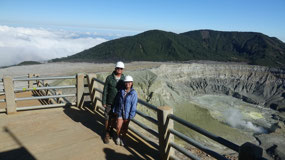
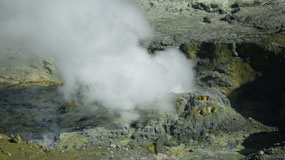
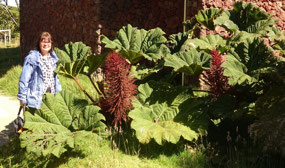
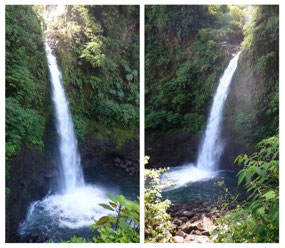
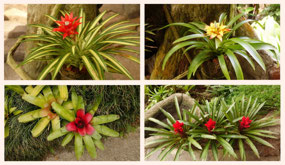
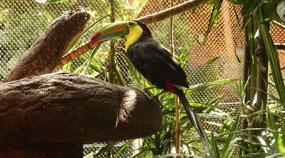
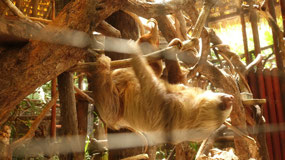

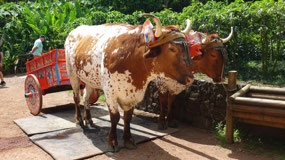
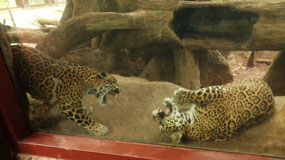
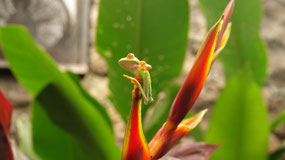
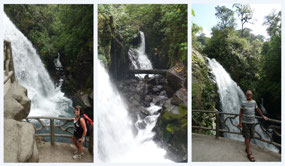

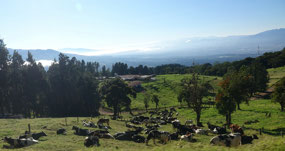
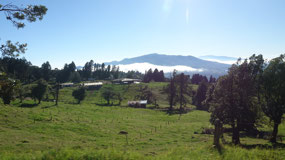
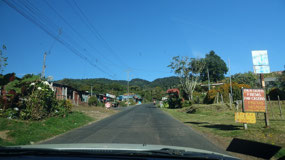
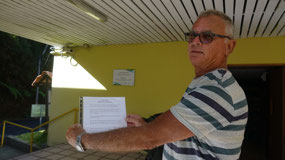
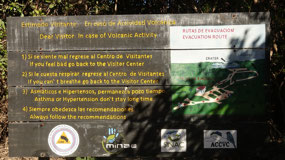
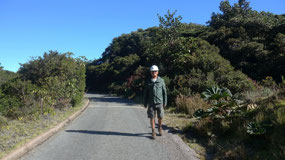
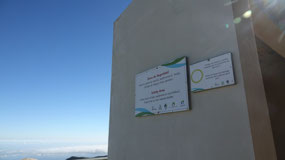
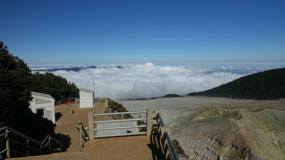

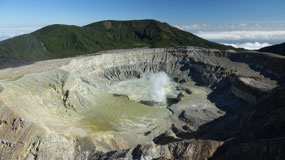
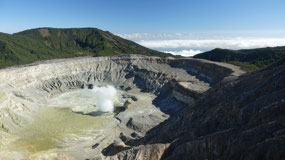

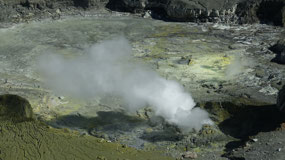
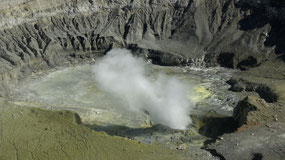
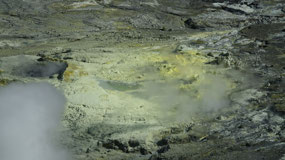
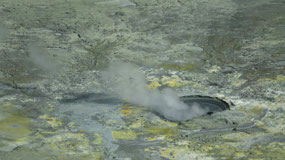
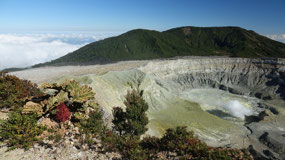
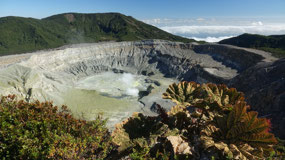
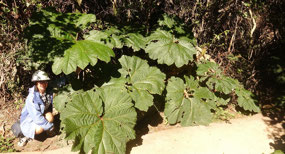
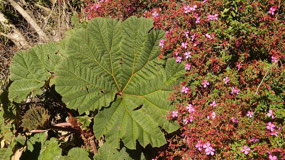
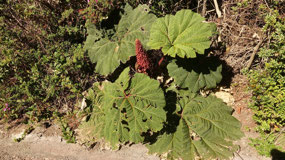
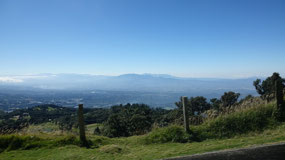
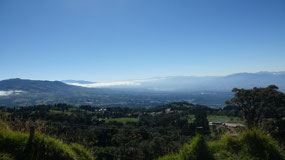
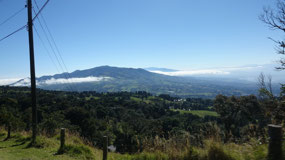
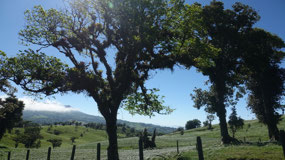

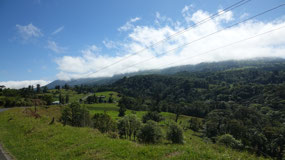
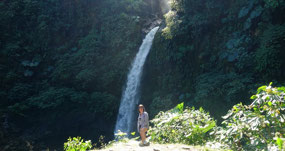
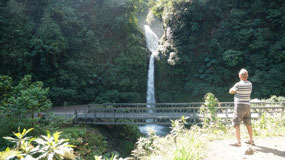
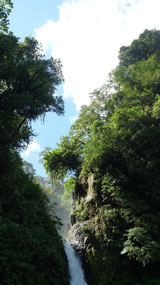
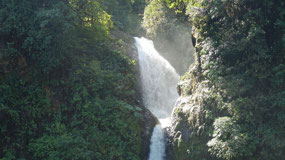
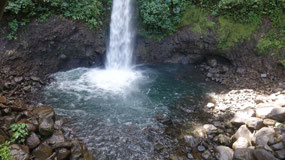
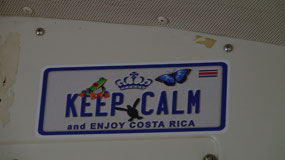
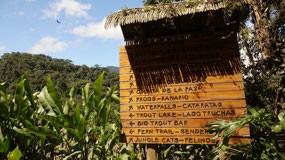
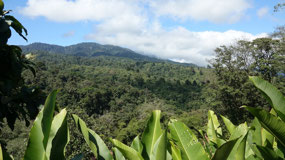
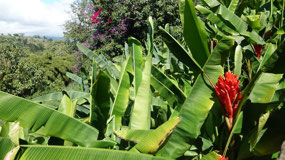
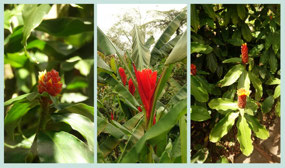
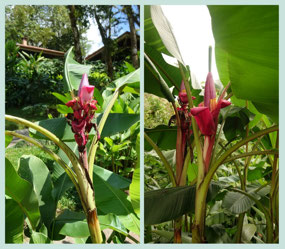
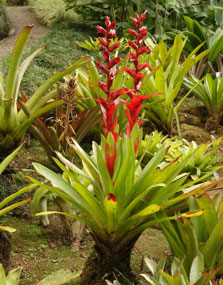
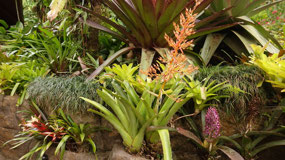
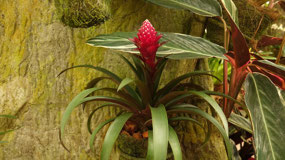
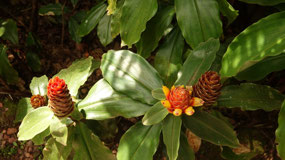
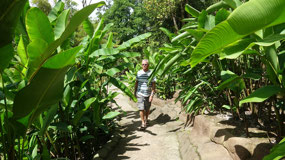
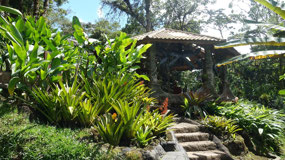

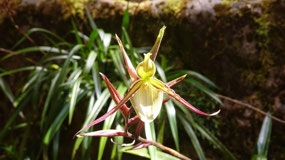
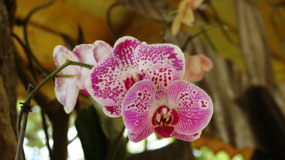
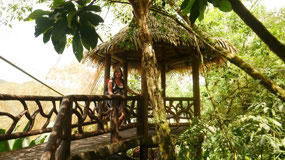
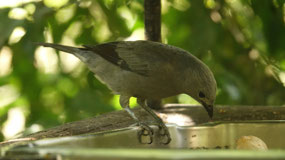
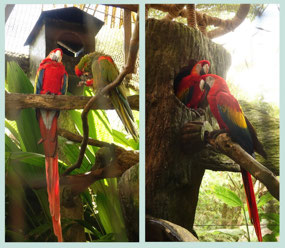
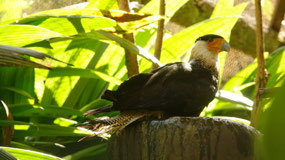
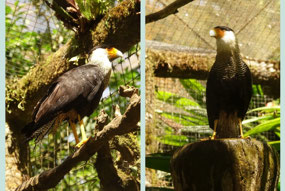
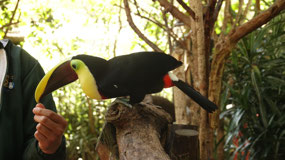
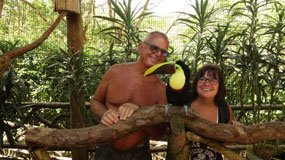
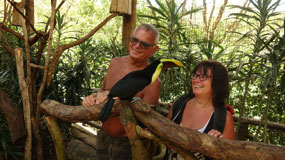
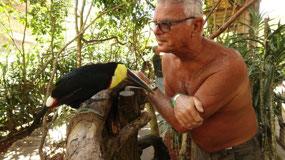
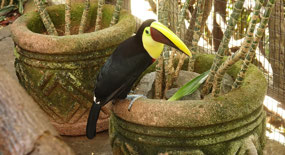
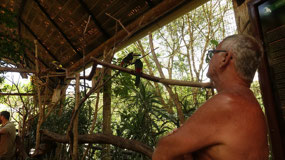
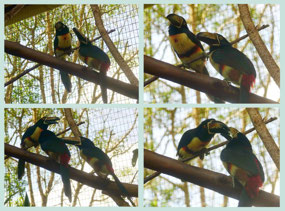

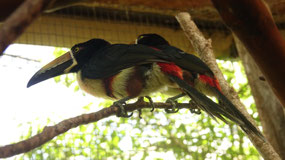
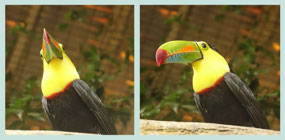
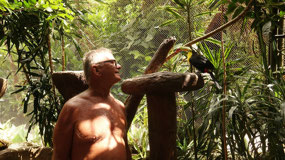
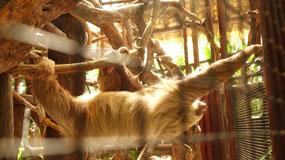
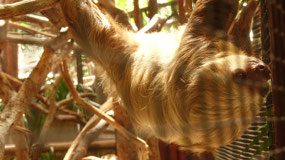
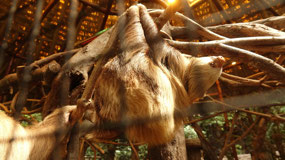
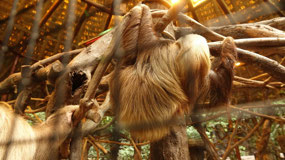
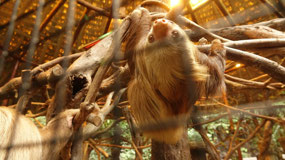
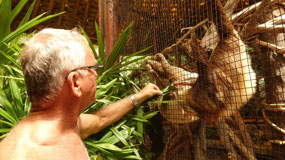
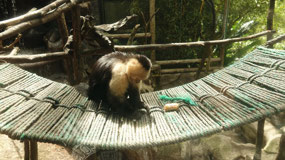
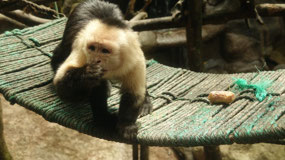
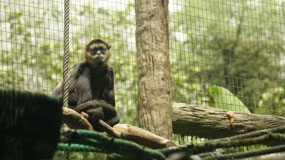
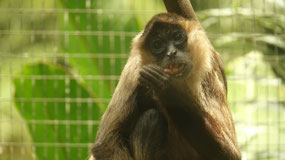
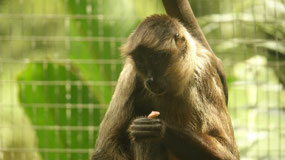
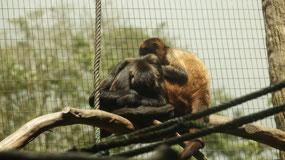
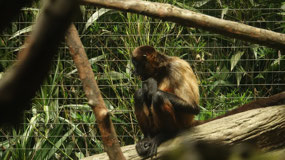
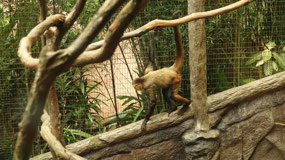
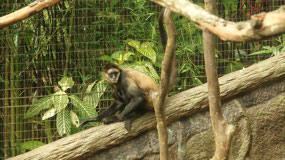
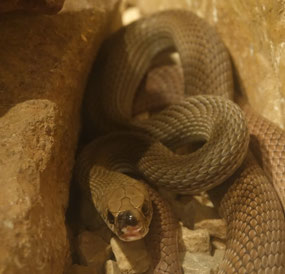
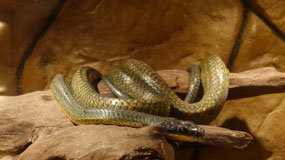
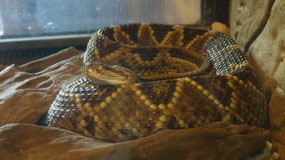
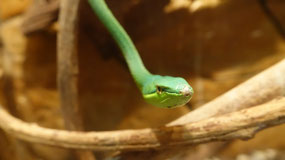
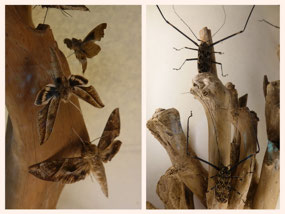
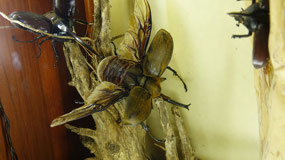
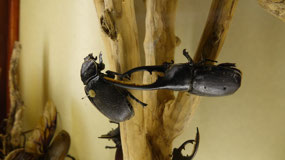
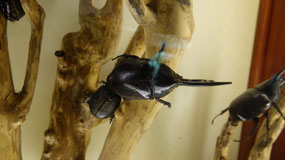
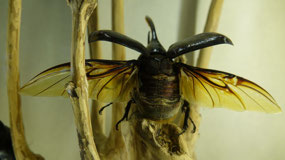
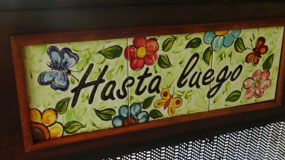
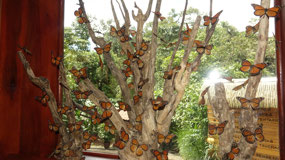
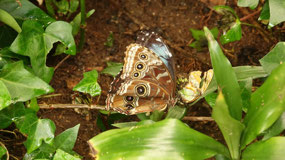
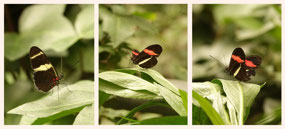
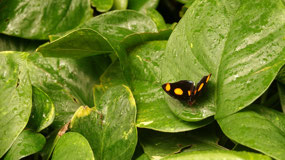
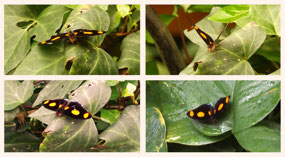
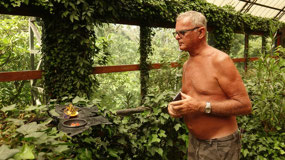
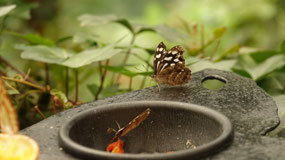

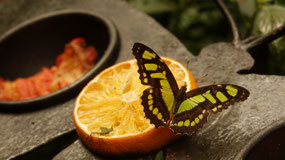
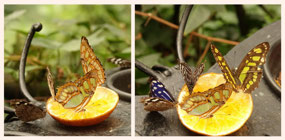
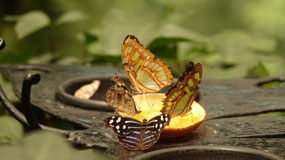
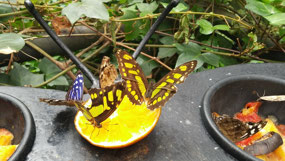
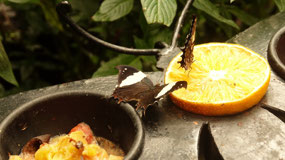
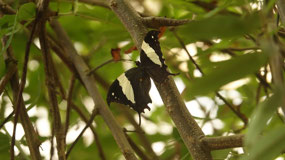
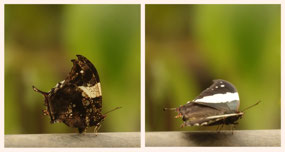
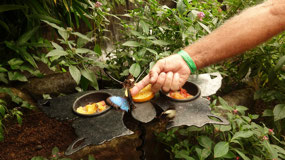
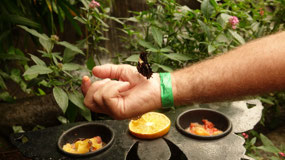
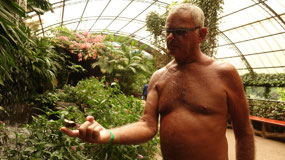
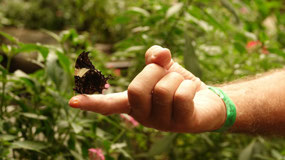

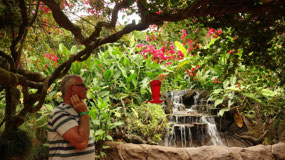
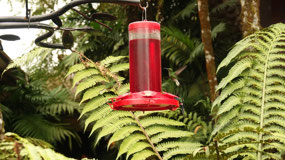
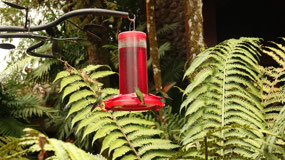
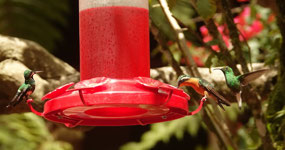
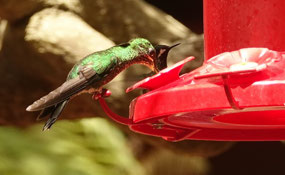
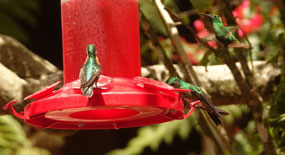
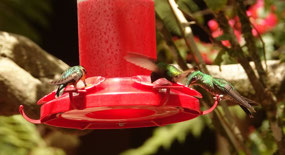

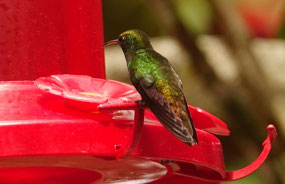
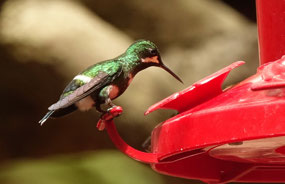
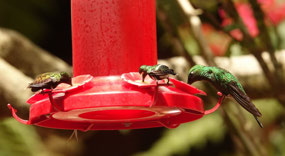
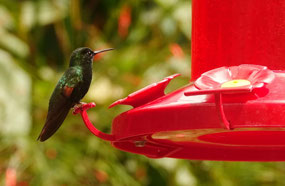
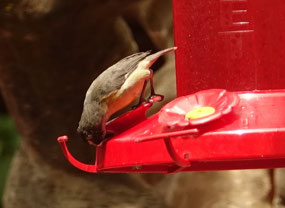
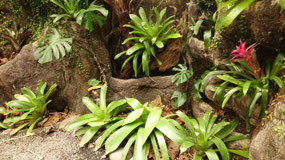
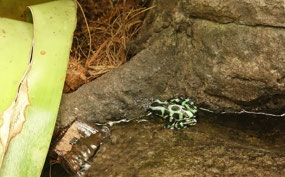
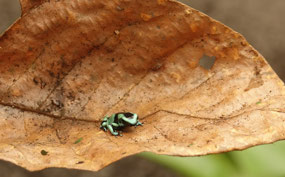
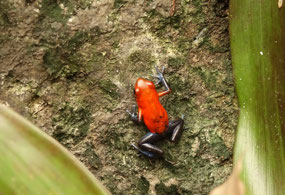
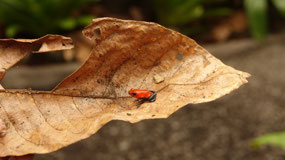

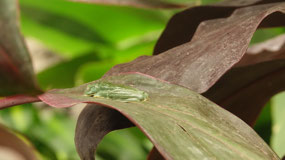
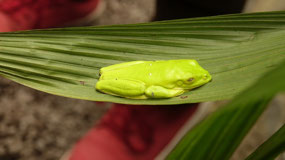
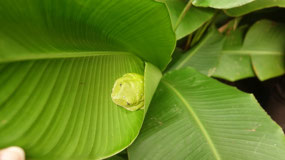
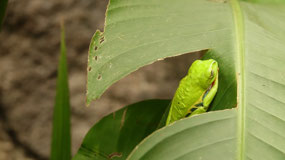
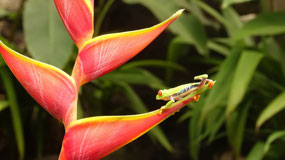
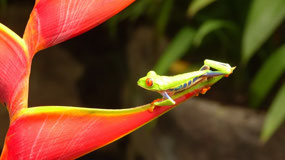
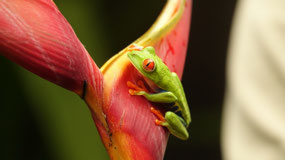
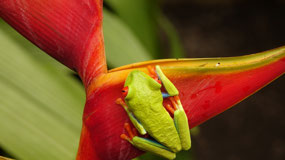
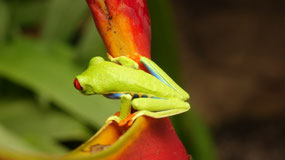
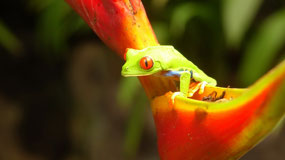
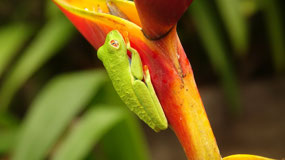
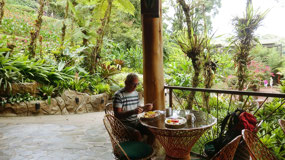
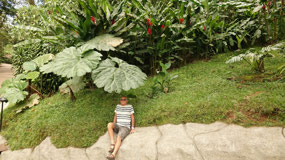
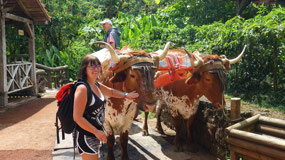
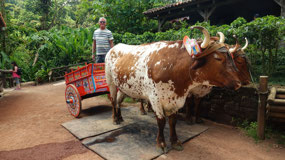
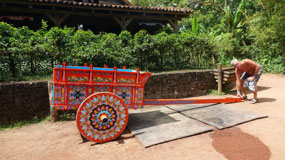
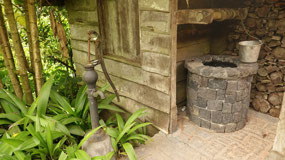
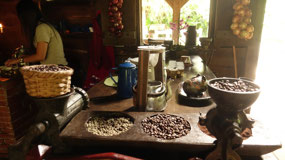
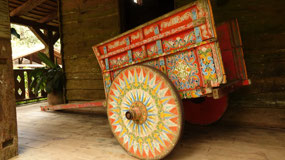
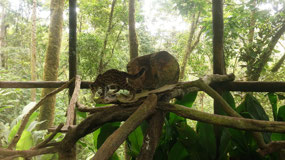
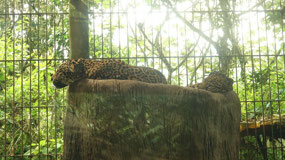
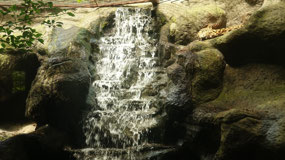
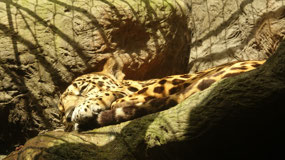
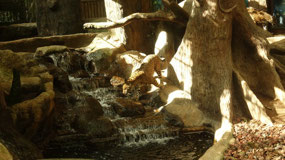
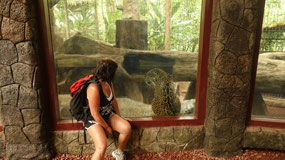
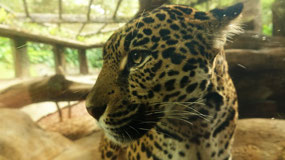
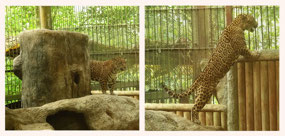
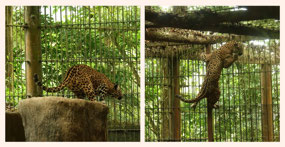
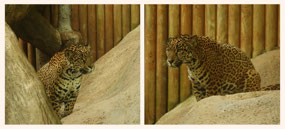
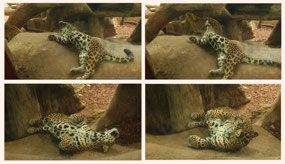
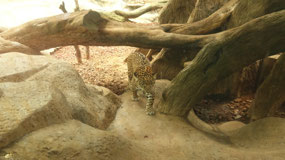
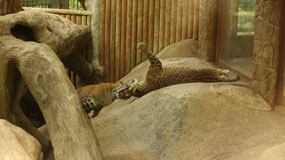
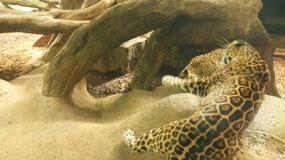
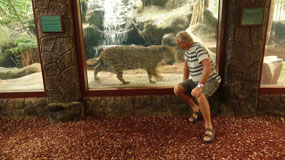
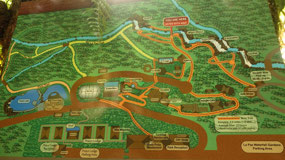
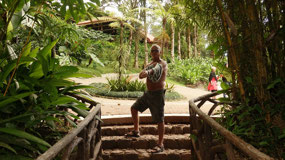
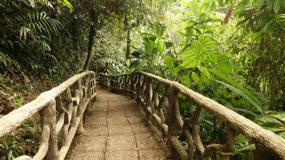
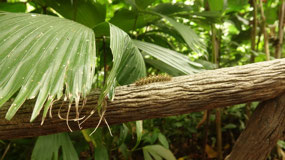
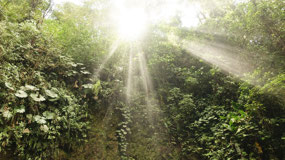
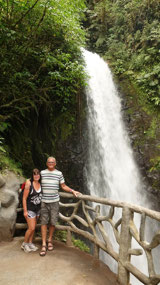
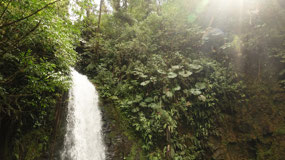
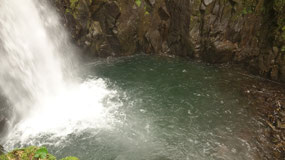
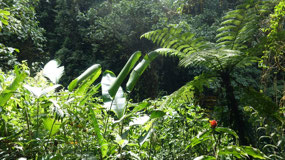
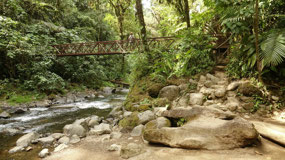
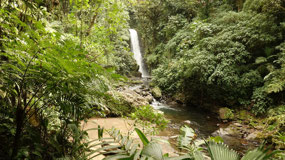

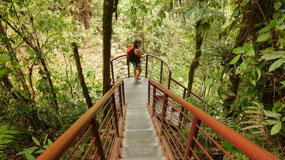
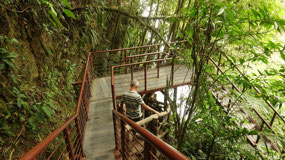
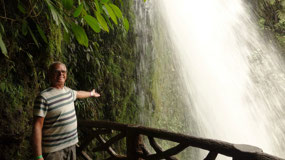
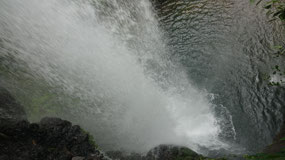
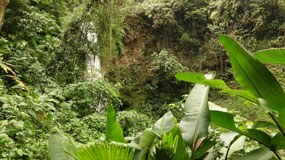
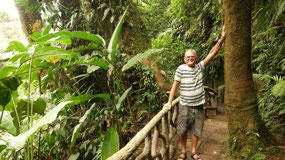
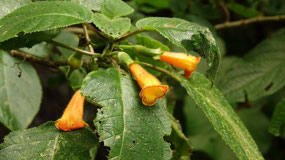
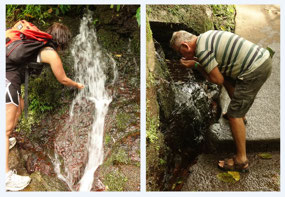
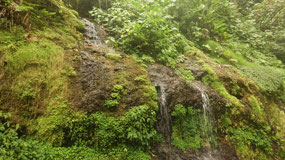
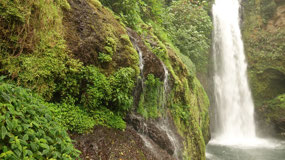
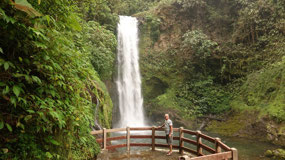
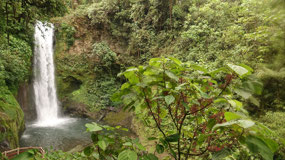
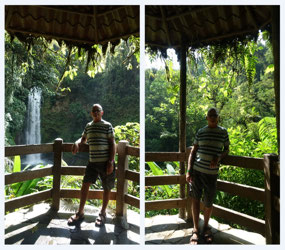
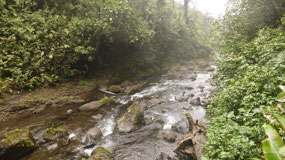
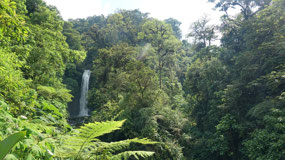
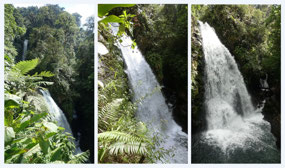
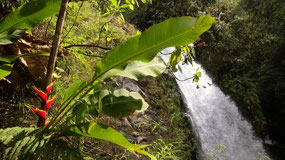
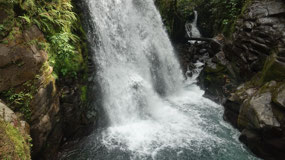
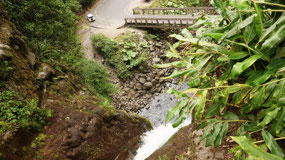
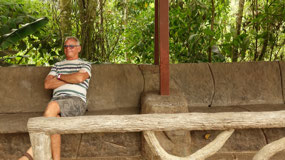
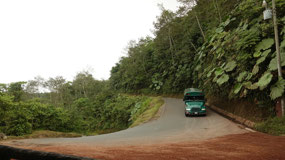
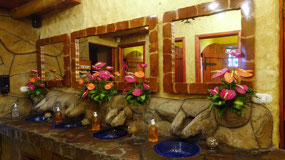
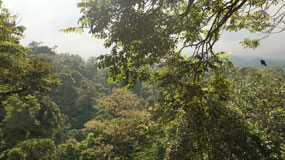
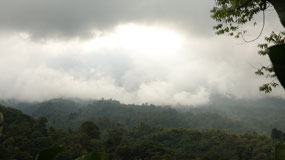
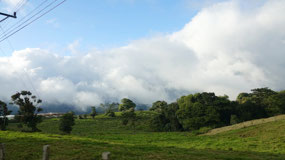
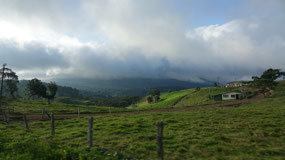
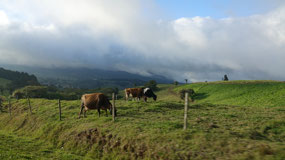
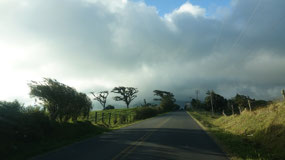
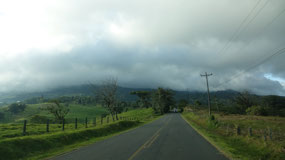
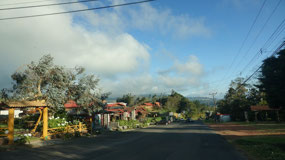
2025-05-23